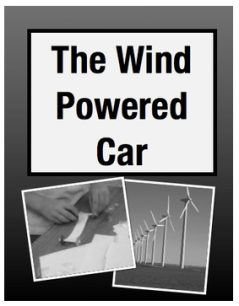Today was one of those magical days at school. It was the kind of day that makes me LOVE my job, where all the pieces go together very nicely and the worldview expands for the students in the classroom. Today was one of those “teach like a pirate” days, where we took risks and immersed ourselves fully into an important issue.
We began our Earth Week (not just Earth Day) by learning about the Great Pacific Garbage Patch, something that is largely unknown to the general population. We read about the issue with a two page informational text today, while responding in writing with our new understandings.
Then we watched this video:
After lots of important discussion, I asked them a question, “How would you clean it up?”
That led to an awesome water pollution experiment, which ended up both engaging and frustrating the students. The groups had to try to clean up the water using the least amount of money possible. They had to write out their plan as a group together, figure out the cost and bring their proposal to my supply table to collect the materials they needed to clean the water. They had to be detailed and precise, use math in a very real way, and had to work under time pressure. Here is a peak into what it looked like:

Buckets were prepared with water and biodegradable items like coffee grounds, shredded paper, food that the kitchen hadn’t served but had to throw away, and soil.

Reused or recyclable items were for sale for students to use to clean up the water. (I wash out the cups and forks to reuse each year for this experiment! We reuse ziplock bags collected throughout the week. We recycle other plastics and aluminum foil.)

We compared water samples at the end, to see who was most successful. We also compared budgets, to see who was able to keep costs down.
We’ll continue this work for the rest of the week:
- We’ll be writing a letter to explain what we learned today about the Great Pacific Garbage Patch and the difficulties of cleaning up water.
- I plan to immerse them in lots of good Earth Day literature like: The Great Kapok Tree by Lynne Cherry, Oil Spill by Melvin Berger, The Lorax by Dr. Seuss, The Wump World by Bill Peet.
- We’ll be learning about alternative energy to make wind powered cars later in the week, and we’ll even try to harness the sun by measuring and making solar ovens.
- We’ve also got some tough math problems in the works as part of the Great Pacific Garbage Patch unit to help us think about conserving!
I love Earth Day…Earth Week, and more importantly introducing important issues to our young learners, encouraging critical thinking in meaningful ways. I’d love to hear what you do in your classroom! The more ideas we have to share, the more we can teach our children to be environmental stewards.
Learn more with these resources and dig deep into the issues:




